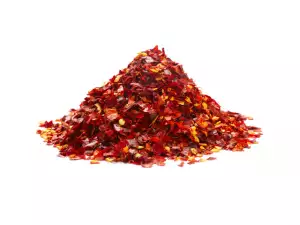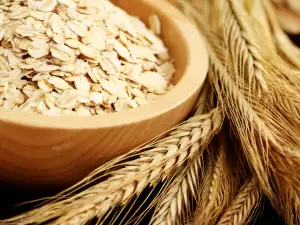The word "superfood" has become popular in recent years. Some experts claim that we need to eat these types of products practically non-stop.
However we must not take this literally, since even the healthiest products can contain harmful substances. Here is a list of 5 products, which gained the status of a superfood and then fell in the eyes of doctors.
Grapefruit
This fruit is known for being most effective in weight loss, since it contains the substance naringenin. It decreases blood sugar levels and helps to burn more fat. Grapefruit is often present in various weight loss diets. Further, it contains a lot of vitamin C and fiber, which also fight obesity and premature aging.

But alongside all of this, this amazing fruit can raise the levels of the female hormone estrogen. According to a study done in the US, 40-year-old women who ate a quarter of a Grapefruit a day had a higher risk of breast cancer. That is why before you eat this fruit it is best to consult with your doctor. Especially, if your family has a history of breast cancer in it.
Turmeric
The active ingredient of the spice, curcumin, speeds up the break down of fat, does not allow blood sugar to increase and enhances liver health. Some research also showed that turmeric increased the body's natural defenses in the battle against cancer and slowed the progress of Alzheimer's.

The main thing is not to overuse it and not exceed the daily dose of 100 mg of turmeric or curry. The excessive consumption of spices, as is known, leads to the formation of ulcers. In addition, turmeric thins the blood, which may cause heavy bleeding of wounds or during an operation. The recommended weekly intake is no more than 1 teaspoon.
Soya
Soya originates from Asia. In Eastern countries, soya helps local women maintain their beauty and youth. For many people, soya completely substitutes products of animal origin and in this way they prevent problems with cholesterol, atherosclerosis and stroke. At the same time, the 7 essential amino acids found in soya help the body fix damaged cells.
Despite the healthy benefits of soya, some of its components may alter the metabolism. Studies show that the excessive consumption of soya products decreases the quality of sperm, and sometimes even increases the risk of prostate cancer, because soya belongs to the so-called phytohormones. Doctors do not recommend more than 1 soya meal per day.

Chili
Capsaicin, found in chili peppers, improves blood flow and prevents the growth of cancer cells. Chili increases metabolism and allows for the faster burning of calories. According to an experiment done by British scientists, it is enough to add a quarter of a teaspoon of the spice to our food each day and we would lose 4.5 lb (2 kg) of weight in a month.
But another experiment, conducted in Yale, gave some disturbing results: people who ate chili had a 15% higher chance of developing stomach cancer. Researchers believe that consumption of the spice lowers the defenses of the digestive tract, stimulates the development of ulcers, causes indigestion, increases acids in the stomach. That is why it is not advised to eat more than 3 chili peppers per week.

Oily fish
Salmon and mackerel contain omega-3 fatty acids, which strengthen the cardiovascular system and improve the nervous system. Further, fish contain vitamin D and phosphorus. It is no surprise that nowadays fish is seen as a cure-all for all kinds of diseases and cardiologists especially stand behind it.
In spite of this, oily fish does not protect against diabetes, which threatens millions of people in developed countries; in fact, quite the opposite. Experts from the University of California believe that the pesticides which end up in the bodies of fish and are stored in the fatty tissues get in the way of the production of the hormone insulin. Which actually leads to diabetes. To avoid unnecessary risk, limit your consumption of fish to 2 servings of 5 oz (140 g) each per week.




















Comments